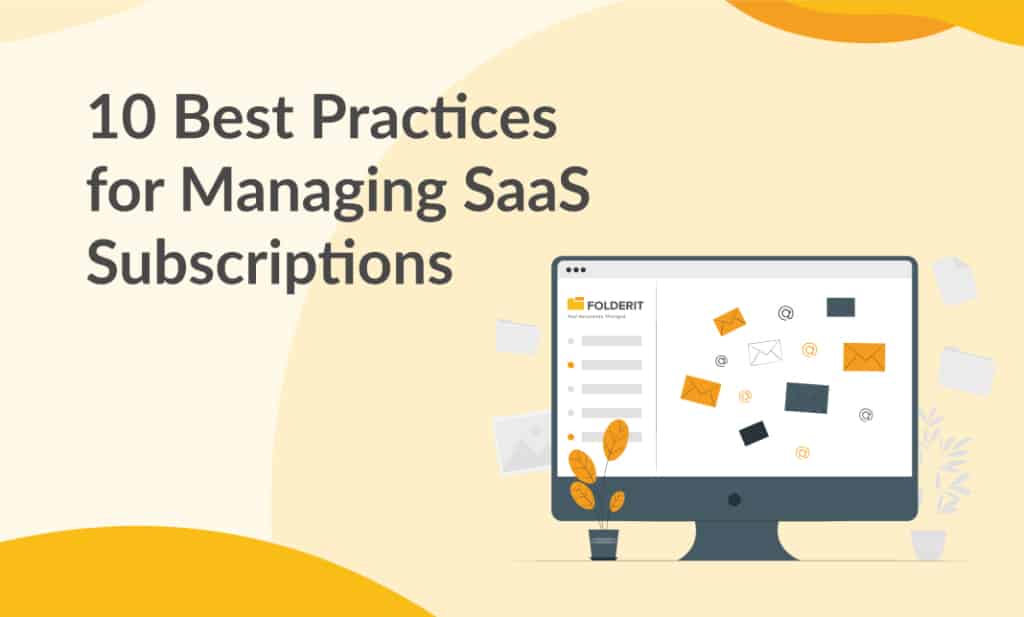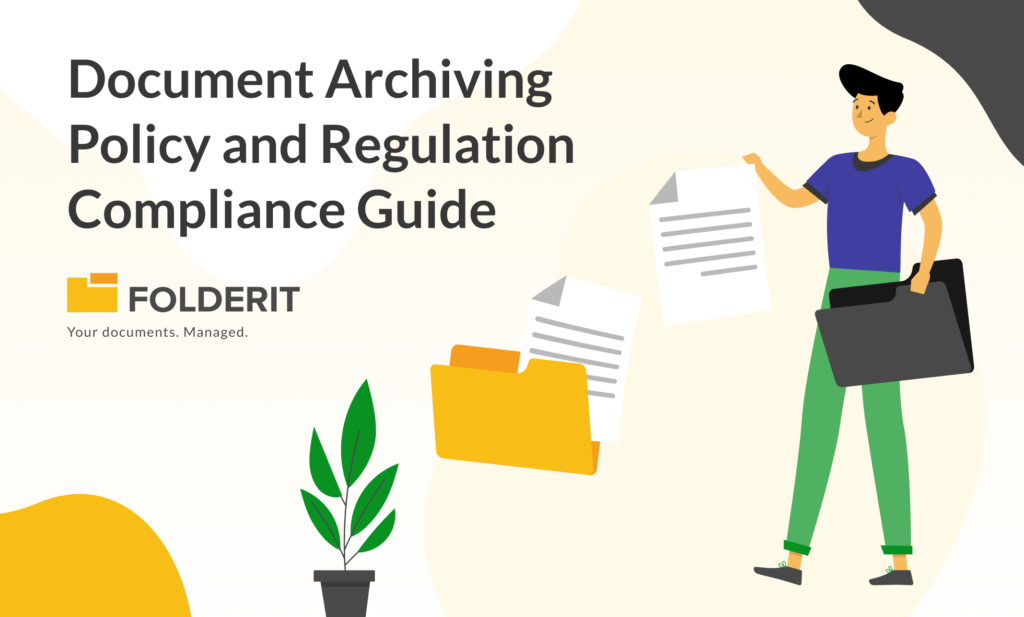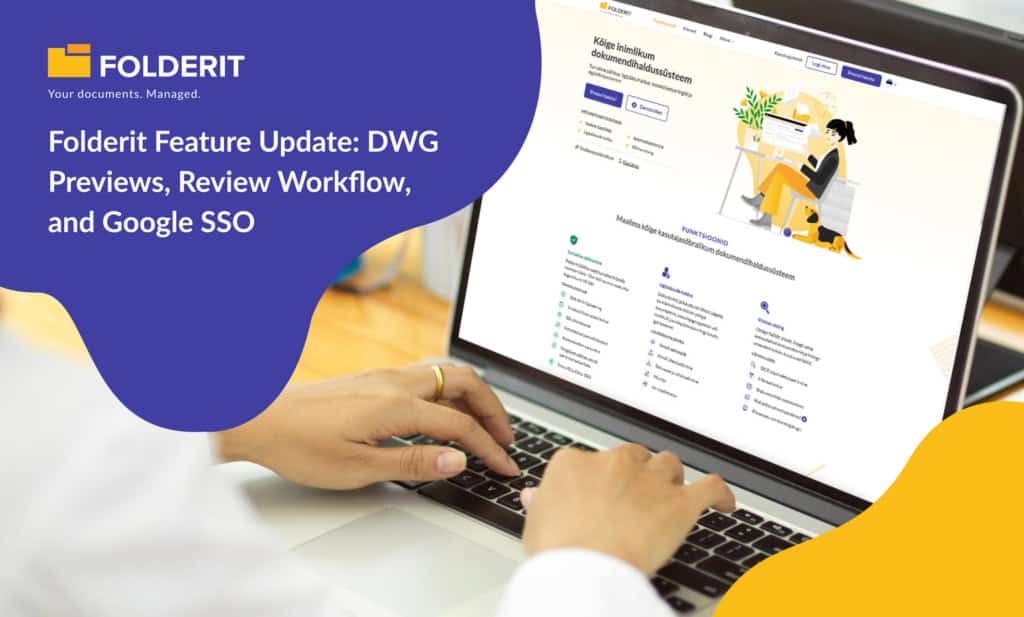Effective SaaS licensing management enables businesses and teams to fully utilise SaaS applications and tools. That means that employees always have access to the services they need, while being certain their security and safety are well-accounted for.
Similarly, businesses can be confident that their services are operational, their data is secure, their critical information and systems are backed up, their licences are current, and their utilisation and spending are well-balanced. How do businesses and government agencies maintain this degree of structure, operation, and compliance? They apply the 10 best practices for a successful SaaS licensing management strategy.
1. Prioritize ITAM Management
Businesses that use Cloud services and SaaS apps tap into the potential of cutting-edge technology. As a result, they should implement a new management solution to handle the myriad operations involved in running those systems. A good IT asset management software will not only help you manage your software and hardware, but it will also provide Cloud analysis and insights, as well as SaaS licence management. It helps inventorying, organising, tracking, and relating all assets, usage, and expenses easier. Regarding SaaS licence management, it keeps up-to-date records of authorised users, use, licensing, and licence renewals. ITAM tools can provide customised reports with relevant data when it comes time to make key decisions concerning software services.
2. Recognize Various Software Licenses
Companies may attach many sorts of licences to their software. They will be able to make more informed judgements regarding their software and spending if they understand how this can affect renewals, consumption, and allowed users/location.
- Subscription: Most SaaS is subscription-based, allowing businesses to effectively ‘rent’ licences for monthly, quarterly, or annual payments. Businesses must keep track of every SaaS licence renewal, which can be difficult depending on how many licences they retain.
- Users: Named user software is exclusively available to a single user. Concurrent users are intended for a certain group of people. The cost of SaaS may be determined by the number of users.
- Access: SaaS can be accessible on any device via any network.
- Tiers or Features: Some SaaS costs are dependent on a tier of features, the amount of features required, or the sort of features required.
- Usage: Companies might prepay for anticipated usage or pay after a specified time period has passed.
3. Keep an Eye Out for Unused or Underutilised Licenses.
Few businesses consider unused licences, underutilised licences, and neglected subscriptions. They may be paying for licences that their staff do not utilise, or for services that are already covered by another of their SaaS. Furthermore, they may be paying for an upgraded licence when the only tools required are provided in a basic licence. Furthermore, businesses may be paying for permits that they have pushed to the side and forgotten about. These three factors can easily build up and amount to huge, unneeded SaaS expenses. These concerns can be identified using SaaS licensing management technologies, which also preserve thorough records of assets that follow a similar path.
4. Use Dedicated Email Addresses for Cloud Based Systems and SaaS
Companies should create a dedicated email address, such as license@companyname.com, to use for all types of licenses of cloud systems. This approach can greatly simplify the management of licenses for various software systems used by the company. Here are some reasons why:
- Centralized record-keeping: Using a single email address for all licenses allows for centralized record-keeping of licenses and related documents, making it easier to manage and track licenses.
- Consistency: A dedicated email address ensures consistency in the way licenses are managed and provides clarity on which email address to use for all license-related communication.
- Easy transition during employee turnover: When an employee leaves the company, the company can simply update the email address associated with the license, rather than having to transfer licenses from one employee to another.
- Improved security: Using a dedicated email address for licenses ensures that license information is not tied to individual employee email addresses, reducing the risk of security breaches.
- Better financial management: A dedicated email address for licenses makes it easier to track and manage expenses associated with licenses, ensuring accurate accounting and budgeting.
Creating a dedicated email address for licenses is a simple but effective way for companies to improve license management and streamline workflows. By centralizing record-keeping, improving consistency, and enhancing security and financial management, a dedicated email address for licenses can save companies time and resources while ensuring compliance with software licensing requirements.
5. Provide Mechanisms for Onboarding and Offboarding
Never leave onboarding and offboarding up to chance, design a regular method with automatic procedures. As a result, IT and HR departments can ensure that all employees have the tools and authorizations they need for their new tasks, positions, or relocations. Similarly, they can ensure that employees who are on leave or leaving the company do not have access to software, licences, or data. These automated processes can boost efficiency from the start and ensure that important parts are always examined and finished. Keeping track of authorization can also improve security and help with compliance.
6. Allow Role-Based Access
If entire floors and departments have access to SaaS systems, there is a good indication that organisations are overspending on SaaS. It encourages frequent use without necessarily adding or extracting value. Instead of merely being a team member, access to specific apps can be based on role and responsibilities. In some circumstances, businesses may want to limit or restrict functionality so that employees cannot make unauthorised changes that increase costs.
7. Learn About SaaS Renewals
Several forward-thinking SaaS companies send licence renewal alerts. Yet, managing several SaaS renewals throughout the year can be challenging. When you factor in providers who do not offer helpful reminders, it is all too simple to overlook evaluating, negotiating, and renewing a subscription.
Inaction can cause business downtime, resulting in lost production and client discontent. Similarly, it causes businesses to miss out on pricing, features, and conditions negotiations, as well as usage and value revaluations. Conversely, businesses can profit from a centralised system that tracks, records, and warns them of upcoming licensing renewals.
8. Make Good Use of Data
When IT departments need to extract information from numerous sources to compile a data report, the result is typically erroneous, partial, or fragmented. Companies can utilise the data to make minor decisions on assets, software, and licences, but optimization is unlikely. They can develop up-to-date, unified reports when they have a robust system that automatically updates and records vital SaaS information. In other words, they have access to both quantity and quality at the same time.
9. Monitor Return on Investment (ROI)
Companies rarely invest in large assets and then leave the return to chance. They meticulously track usage and value to ensure that they receive or exceed what they invest into their business. SaaS should be monitored similarly. After all, firms pay for licences, and they should know whether their software is working for or against them in the long run. Making data-driven decisions, measuring usage, optimising spending, and ensuring licence compliance all help to maximise investment.
10.Notify key stakeholders and investors
Investors and key stakeholders require accurate, relevant information to retain interest and financial involvement in firms and initiatives. Keep strong connections and standing with key individuals by delivering up-to-date updates on where money is going, what it is accomplishing for the organisation, and how processes and systems are always being enhanced. Furthermore, these reports can assist in attracting new investors or alliances, which can contribute to more efficient business procedures, new technology, or major expansion.



